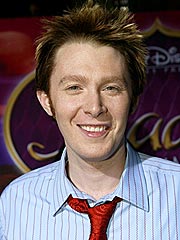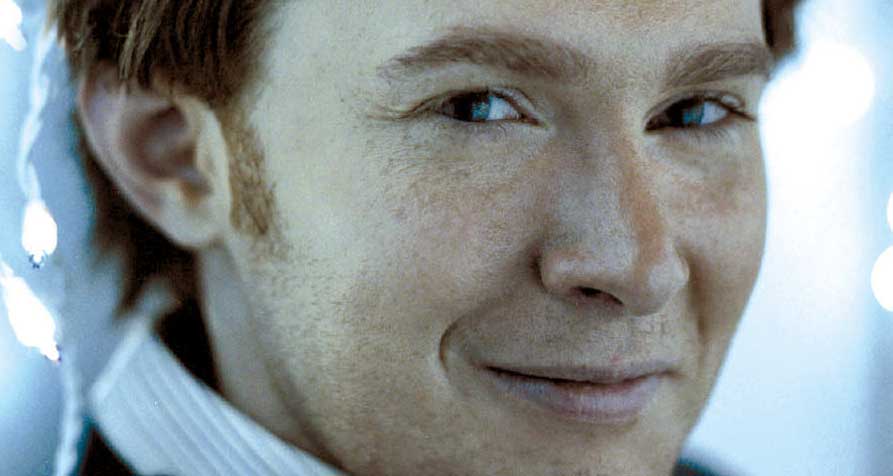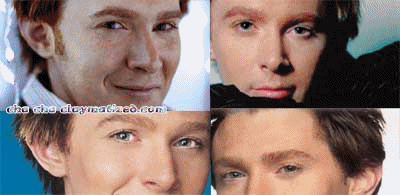According to Dacher
Keltner, a researcher at University of California, Berkeley,
our facial muscles have the ability to make two kinds of
smiles. One he
terms the "Pan American" smile in which only the
muscles at the corners of the mouth go up. The other, called
a Duchenne smile, is when the muscles around the eyes are
involved, the kind that make "crow's-feet." These
muscles are mostly involuntary and in addition to crow's-feet,
a Duchenne smile gives you a little gleam in your eye, raises
your cheek up and impouches the lower eyelid. Also according
to Keltner's research, when people see a picture of a Duchenne
smiler, even when it's presented subliminally, it makes
you smile in return, and feel calmer, more relaxed. The
Duchenne smile is considered the most heartfelt smile, because
it is linked to feelings of happiness and activation of
the left hemisphere of the brain, which is associated with
positive emotions. "Young infants show it when their
mom approaches," notes Keltner.
This is the kind of
smile that Clay gives us most of the time. Sometimes it's
accompanied by giggles. Sure, once in a while he'll do one
of those Pan Am smiles just when he's being polite, but
most of the time it's those full on Duchenne smiles.
And we can't help but
smile in return! |
 |


